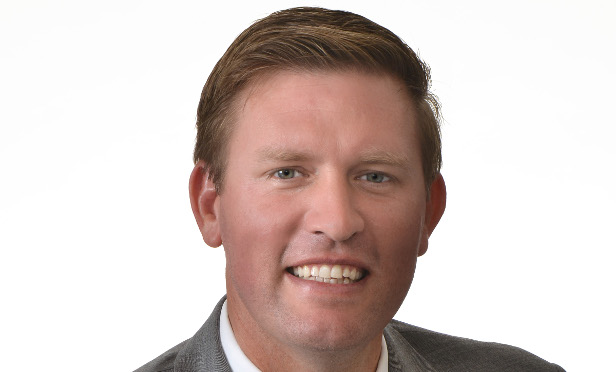
IRVINE, CA—Industrial tenants in Orange County are trying to hedge against rising rents and lower vacancy by signing longer-term leases, plus landlords are requiring longer terms in order to stabilize an asset or secure debt, JLL EVP Byron Foss tells GlobeSt.com. According to a recent report from the firm, over the past five years, average lease terms have experienced a 19 % increase, going from an average of 50.7 months in 2012 to 60.5 months in 2017.
The report also revealed that the 2017 average sales price per square foot of $161 has increased by 20% in the past ten years in this market and has surpassed the 2008 market peak of $144. The recent sale of the 181,000-square-foot building at 4150 North Palm St. in Fullerton for $32.6 million ($180 per square foot) demonstrates that owner-occupiers are well-capitalized to purchase properties at prices high enough to compete with investors.
We spoke with Foss about the dynamics behind the longer industrial lease terms and his expectations for the future.
GlobeSt.com: Why are we seeing longer industrial lease terms in Orange County?
Foss: Tenants are trying to hedge against rising rents and lower vacancy. Landlords are requiring longer terms in order to either stabilize an asset or secure debt. These longer industrial lease terms represent another change due to the incredibly tight, supply-constrained market that is Orange County industrial. Just as sales prices and average rents are at record highs and more and more tenants are signing early renewals in order to secure their space, average lease terms have also extended. Because the OC industrial market has maintained one of the lowest vacancy rates in the US with sub-2%, landlords are able to leverage these longer terms.
GlobeSt.com: Are terms expected to continue lengthening?
Foss: Since rent growth is expected to continue through 2018, but by a lesser percentage, longer lease terms provide an alternative form of attraction for landlords. Given that the OC industrial market is expected to remain tight throughout 2018, longer term leases are expected to continue.
GlobeSt.com: What might interrupt this trend?
Foss: In 2018, more occupiers will continue to consider looking to broader Southern California markets to accommodate their space requirements, which could likely interrupt this trend by increasing competition on the supply side.
GlobeSt.com: What else should our readers know about industrial lease terms and the factors influencing them?
Foss: The increases in lease terms, average rents and sales prices witnessed in OC are all caused by the shortage in supply of desirable options. As tenants continue to hold on to their preferences for high-quality space, expect more long-term industrial-space owners to focus on value-add strategies in order to improve their properties and enhance marketability and tenant retention. Demand from e-commerce, 3PL and retail companies is bolstering growth in the industry and, as a massive consumer of goods and a distribution hub for the rest of the country, this growth is expected to remain strong. Still, with a lack of new deliveries, we predict demand in Orange County will continue to outstrip supply two to one in 2018.
© 2025 ALM Global, LLC, All Rights Reserved. Request academic re-use from www.copyright.com. All other uses, submit a request to [email protected]. For more information visit Asset & Logo Licensing.







